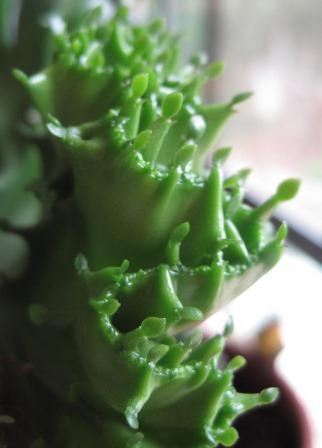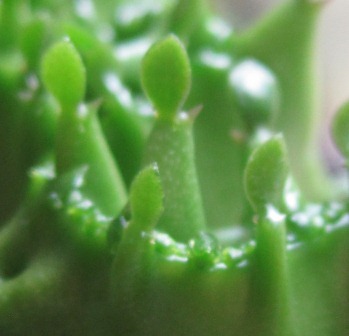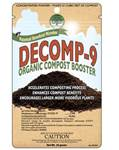Round two of Season 2 is up and running! In keeping with the season, this episode is called “Real Turkeys.” I talk about some of my least favorite garden products and why they’re on my “turkey” list.
We’ve also brought back Riz Reyes, who’s wearing his horticultural consultant hat in advising my podcasting engineer Shelli at Sky Nursery. Riz has some great ideas for container gardens that look great during the winter and keep performing the rest of the year, too.
If you haven’t seen it before, be sure to check out Riz’s web page. There’s a link to some great container gardens that he’s put together.
Please let me know if you’ve got comments or suggestions for future topics and/or interviews. I can even do Skype interviews, so living in Seattle is not a requirement!

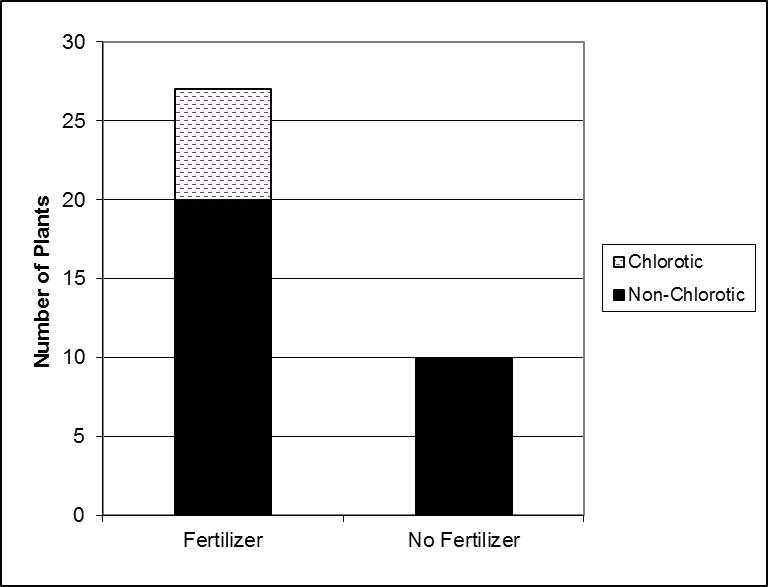
 Total foliar iron vs. fertilizer treatment
Total foliar iron vs. fertilizer treatment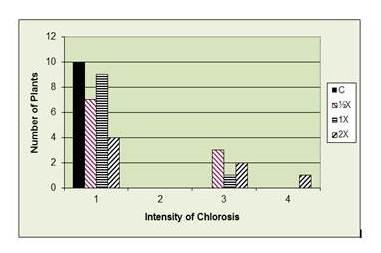 Chlorosis as a result of phosphate fertilizer. 1= Normal (green leaves), 2= Light chlorosis in young leaves, 3= Moderate chlorosis, 4= Severe chlorosis, young leaves white
Chlorosis as a result of phosphate fertilizer. 1= Normal (green leaves), 2= Light chlorosis in young leaves, 3= Moderate chlorosis, 4= Severe chlorosis, young leaves white